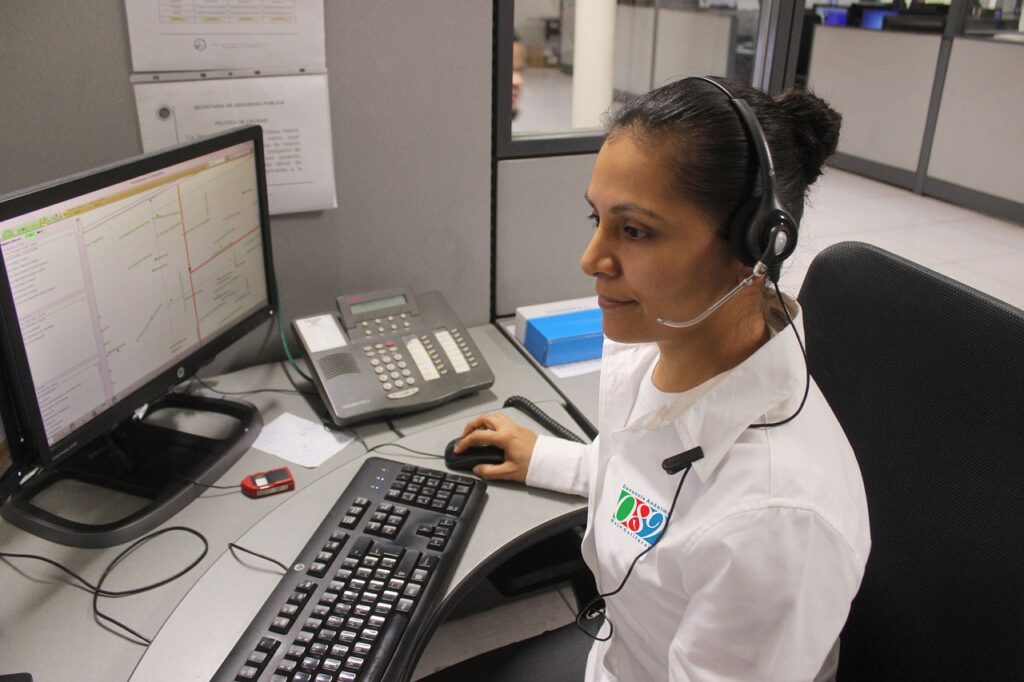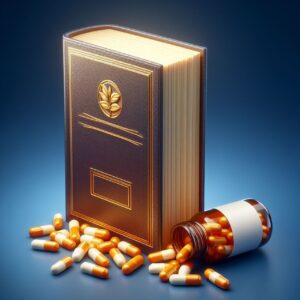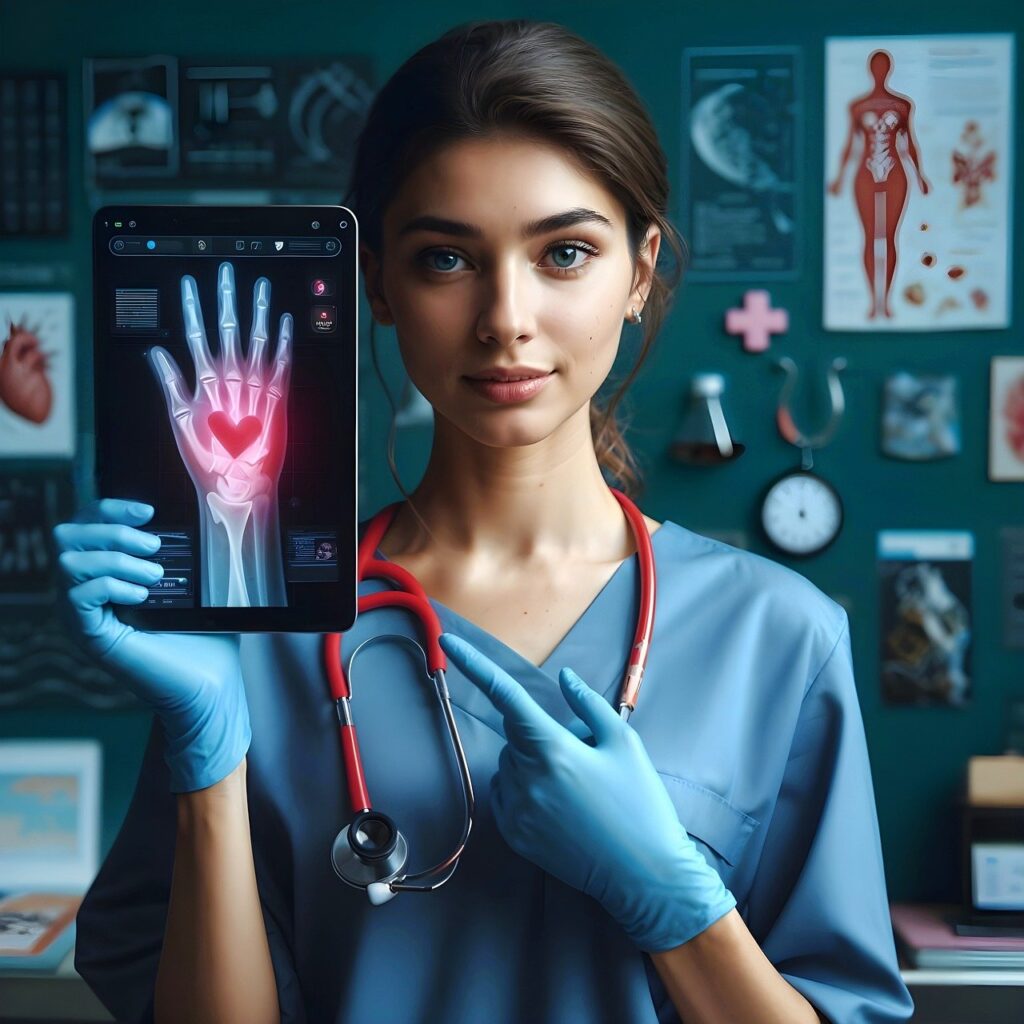Healthcare is a fundamental aspect of modern society, focused on maintaining and improving the health and well-being of individuals. A vital component of healthcare is medical transcription, which involves documenting patient information. This process is essential for ensuring clear and accurate communication among healthcare providers, which is vital for delivering quality patient care and ensuring safety.
The Evolution of Medical Documentation

The origins of healthcare can be traced back to ancient civilizations, where basic medical practices were carried out by healers and shamans, often using herbal remedies and spiritual rituals. These healers and shamans laid the foundation for modern medical science, passing down their knowledge and practices through generations.
Over the centuries, medical science has advanced significantly, especially in the 19th and 20th centuries. During these times, hospitals were established, vaccines were developed, and public health systems were introduced. Innovations in medical treatments and technologies have consistently enhanced patient outcomes and prolonged life expectancies, illustrating the ongoing evolution of healthcare.
Medical transcription originated in the early 20th century when secretaries and clerks typed out doctors’ notes and patient records. The introduction of voice recording technology marked a significant advancement, allowing for more accurate and efficient documentation. Transcriptionists would listen to dictated recordings and type out detailed reports, ensuring that every aspect of patient care was thoroughly documented. This practice is crucial for keeping precise medical records, helping with diagnoses, and supporting legal and administrative work in healthcare.
The relationship between healthcare and medical transcription has been significantly influenced by technological advancements and regulatory changes. The shift from paper-based records to digital formats has transformed both fields. Electronic Health Records (EHR) systems are now common, making patient information more efficient and accessible. Automated transcription technologies, like speech recognition software, have made the documentation process faster and easier, reducing the workload for healthcare professionals and speeding up turnaround times.
The Tech-Powered Revolution in Healthcare
Today’s healthcare focuses on patient-centered care and interdisciplinary collaboration among different medical specialists. Technological innovations continue to advance diagnostics and treatment, with tools such as AI, machine learning, and wearable devices offering real-time patient data and personalized care options.
The COVID-19 pandemic sped up the use of telemedicine, making remote consultations a regular part of healthcare services. The Technology Acceptance Model explains the social acceptance and adoption of telemedicine.

Data suggests that its use may persist after the pandemic subsides. Technology is the backbone of modern healthcare, constantly improving patient outcomes. From gigantic diagnostic imaging scanners to tiny wearable sensors, technology is a vital part of modern healthcare. Electronic Health Record (EHR) systems facilitate seamless information exchange among healthcare providers, ensuring patient data is always up-to-date and easily accessible.
Telemedicine platforms support remote monitoring and consultations, increasing healthcare access, especially in underserved areas. Wearable devices offer continuous health monitoring, empowering patients to take proactive roles in managing their health. Using technology to collect and analyze data throughout patient care provides health organizations with a comprehensive view of their performance. Technology also automates this process, allowing organizations to continuously review results, identify problems, and find ways to improve care and the patient experience.
Telemedicine: Remote Care for a Connected World

In medical transcription, automated speech recognition technology has mostly replaced traditional manual methods. These systems transcribe spoken words into text with high accuracy, significantly reducing the time required to document patient encounters. They easily connect with EHR systems, making documentation smooth and patient records quickly accessible.
This boosts healthcare efficiency and ensures vital patient information is easily accessible to the entire healthcare team. Telemedicine signifies a transformative change in healthcare delivery, utilizing telecommunications to offer remote care.
This is especially helpful in rural or underserved areas with limited access to medical facilities. Technology improvements and policy changes have quickly expanded telemedicine. Now, patients can get consultations, diagnoses, and treatment suggestions from home, making healthcare easier to access and more convenient. In the realm of healthcare, where accuracy and speed matter, the use of speech-to-text and translation technology has emerged as a transformative force. It improves communication and makes administrative work smoother, impacting many aspects of healthcare and medical transcription.
In healthcare, it’s crucial to overcome language barriers between providers and patients for effective care. Speech-to-text technology enables seamless communication by transcribing spoken words into text, thereby eliminating linguistic obstacles and ensuring accurate conveyance of essential information. This not only enhances patient-provider interactions but also promotes inclusivity by accommodating diverse linguistic backgrounds. Furthermore, in the domain of telemedicine, where virtual consultations have become increasingly common, speech-to-text and translation technologies play a crucial role in overcoming geographical constraints and language barriers.
Speech-to-Text: Clear Communication, Better Care!
Real-time translation capabilities facilitate seamless communication between healthcare professionals and patients, irrespective of their native languages. This makes medical instructions clearer and boosts patient involvement, leading to better health results.
In the realm of medical transcription, accuracy and efficiency are crucial. Speech-to-text technology makes converting spoken medical dictations into accurate written records much faster, considerably reducing transcription turnaround times.

By automating this process, healthcare providers can allocate more time to patient care rather than administrative duties, thus optimizing workflow and enhancing overall productivity. Furthermore, the integration of speech-to-text technology with electronic health records ensures seamless updates and precise documentation of complex medical terminology. This not only enhances the efficiency of medical records management but also contributes to improved patient safety and quality of care.
In summary, the use of speech-to-text and translation technology marks a new era of efficiency, accuracy, and accessibility in healthcare and medical transcription. By revolutionizing communication, streamlining administrative tasks, and optimizing documentation processes, it empowers healthcare professionals to deliver superior care while fostering inclusivity and accessibility for all patients, regardless of language or location.
Tunk.ai: Transforming Healthcare with Speech-to-Text and Translation
Tunk.ai is set to revolutionize the healthcare and medical industry with its advanced speech- to-text and translation capabilities. Its superior voice-to-text features ensure accurate and efficient documentation of patient encounters, significantly reducing administrative burdens on healthcare providers. This enables them to dedicate more time to patient care, thereby enhancing overall efficiency. Moreover, Tunk.ai’s advanced translation capabilities overcome language barriers, enabling clear communication between healthcare providers and patients from various linguistic backgrounds.
This technology greatly enhances patient understanding and compliance with medical instructions, resulting in better health outcomes and higher patient satisfaction. In telemedicine, Tunk.ai enables real-time, multilingual communication during remote consultations, expanding access to quality healthcare for non-English speakers and those in remote locations. By integrating seamlessly with electronic health records, Tunk.ai ensures precise documentation and efficient records management.
This integration improves the accuracy of medical records and enhances the accessibility and quality of healthcare services for all patients. The future of healthcare and medical transcription will be reshaped by the growing use of AI and machine learning in speech-to-text and translation technologies. These advancements offer improved accuracy and efficiency in medical documentation, enabling healthcare providers to prioritize patient care. Moreover, these technologies will promote greater accessibility and inclusivity in healthcare services, ensuring quality care for diverse patient populations.
Beyond the Hype: Challenges and Promises

Telemedicine and remote healthcare will benefit from real-time multilingual communication in global settings. However, several challenges must be addressed to fully realize these benefits. These include: ensuring high accuracy in speech recognition and translation, addressing privacy and security concerns with sensitive patient data, integrating new technologies with existing healthcare systems, overcoming resistance to adopting new technologies among healthcare professionals, managing the cost of implementing and maintaining advanced technologies.
In conclusion, speech-to-text and translation technologies offer significant benefits in healthcare by improving communication, documentation, and accessibility. Continued advancements will enhance healthcare delivery, but addressing challenges is crucial for success. These technologies hold promise for a more efficient and inclusive healthcare future.